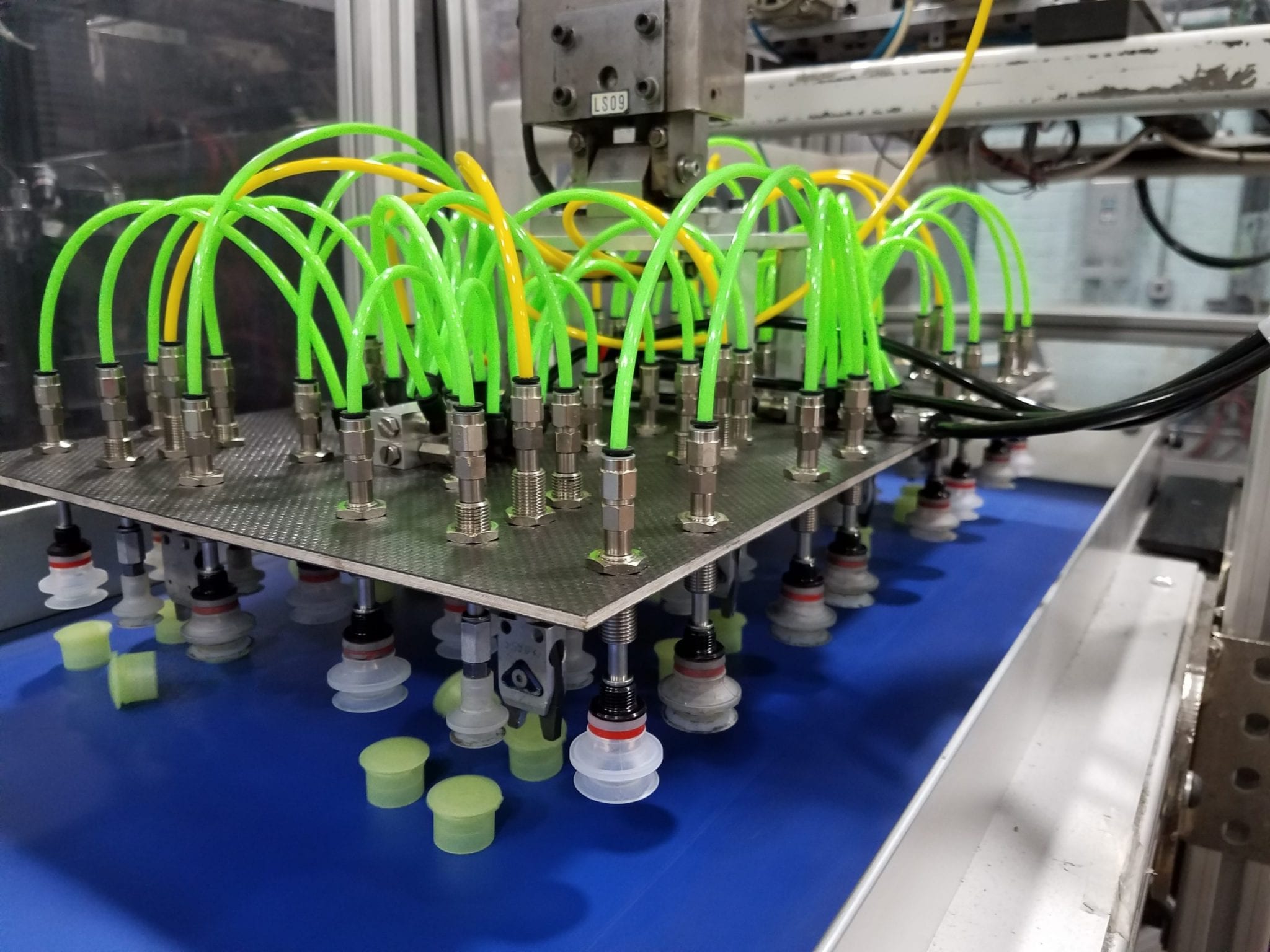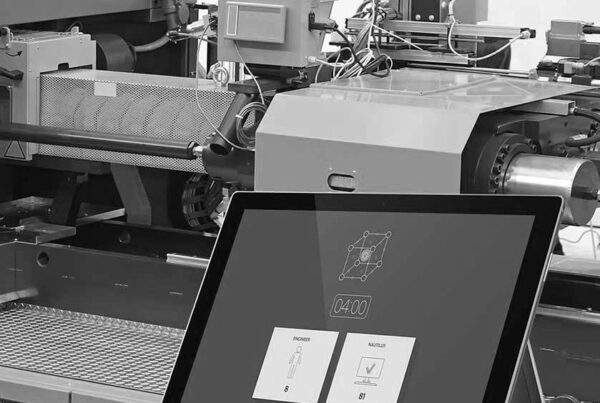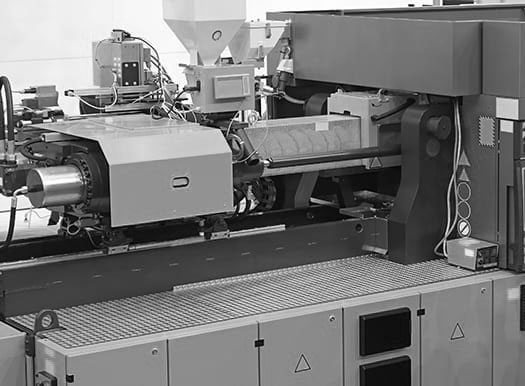A question that frequently gets asked in my seminar is “If there is a recommended temperature range, at what melt temperature does the viscosity graph need to be performed – the high end or the low end or in the center?”
To answer that question let us understand that the reason to perform the viscosity study on a molding machine. It is to find the injection speeds where the viscosity remains fairly consistent and therefore the fill. The actual viscosity number is not of any value at this point. If the temperature increases the viscosity drops and if the temperature decreases the viscosity increases but the profile of the viscosity curve stays the same. Refer to Figure below that shows the viscosity study done on a HDPE material at 175 deg C and 220 deg C. It is clear that the two profiles are identical. The viscosity is higher at 175 deg C and is lower at 220 deg C. The curves run parallel to each other.
Since the reason for developing the viscosity curve is to find the region of the curve that is most consistent, the profile of the curve is all that matters. Since the profiles are identical, the selection of the temperature for the study is not critical.




